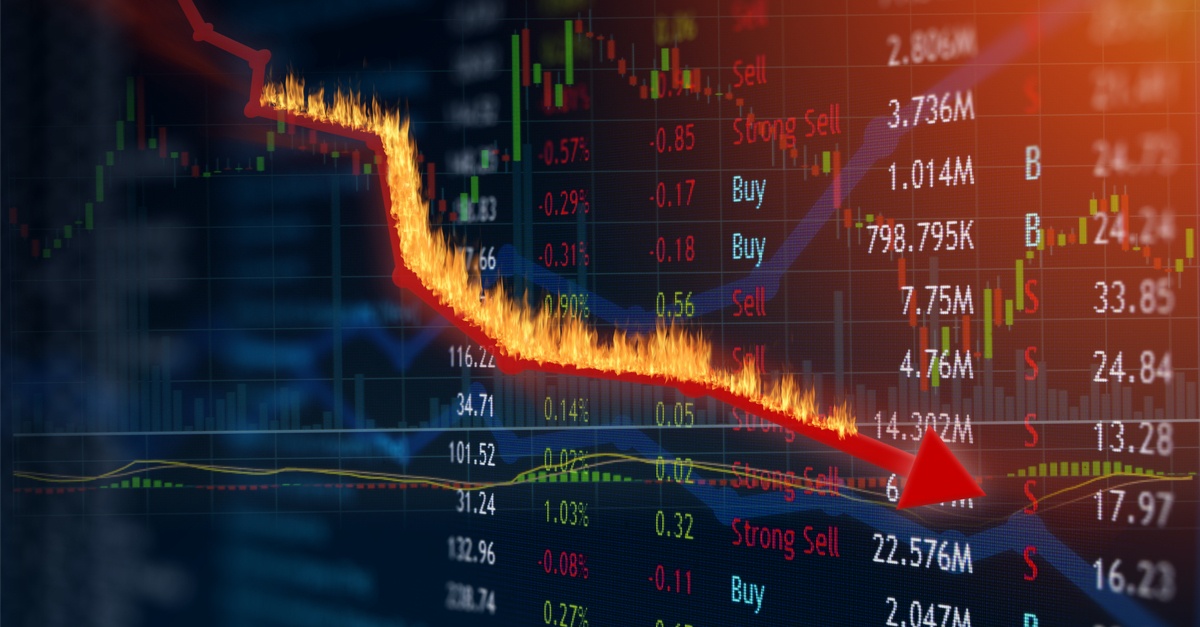The stock market isn’t a bubble, but parts of it are on fire.. Let’s hope for the best for 2020 and 2021.
So far in 2020, the NYSE FANG+ index of giant technology stocks is up 78%. The Renaissance IPO ETF, IPO 1.44% an exchange-traded fund that holds recent public offerings, is up 84%. The SPDR S&P Kensho Clean Power ETF, CNRG 1.68% which invests in renewable-energy companies, has gained 88%. Meanwhile, the overall stock market is up almost 11%.
For years, anyone who thinks any financial asset is somewhat overvalued has called it a bubble. The financial use of “bubble” originated centuries ago to describe massive speculation that inflates market prices to the bursting point.
Financial bubbles have never had a formal definition, though, and they are diabolically difficult to identify without the benefit of hindsight. The image of a bubble is itself a misnomer. As any kid who’s ever chewed gum knows, bubbles often barely expand before bursting, and they don’t bother anybody much except parents and teachers.
Financial markets, however, can easily heat up fivefold or even 10-fold and then collapse at least 50% in a flash, burning millions of speculators and sometimes charring entire economies. Think of the U.S. after the stock market crash of 1929, or Japan 60-plus years later.
Rather than regarding overvalued assets as a bubble, we might consider them a fire. The more it expands and the hotter it gets, the more havoc it can wreak.
In their book “Boom and Bust,” finance scholars William Quinn and John Turner look closely at 300 years’ worth of market manias using the metaphor of “the fire triangle.” That image has long been evoked to explain the conditions necessary for flames to erupt and persist: oxygen, fuel and heat. Remove one, and you can prevent or put out a fire.
The oxygen of investing is marketability, or the ease of buying and selling an asset. Centuries ago, that meant carving up difficult-to-transfer corporate ownership into tradable shares. Nowadays it’s carrying a stockbroker in your pocket. With a smartphone-trading app, you can buy or sell so-called fractional shares in increments anyone can afford.
The second side of the fire triangle, fuel, is manifested in financial markets by money and credit. Low interest rates make investing with borrowed money easier and cheaper, while low yields on safe savings and fixed deposits motivate people to opt for riskier alternatives.
Today, borrowed money fuels mega-billion-dollar private-equity firms buying entire companies. Individual investors can start small “margin” trades with as little as USD2,000 in a brokerage account.
The third side of the triangle, heat, is supplied by market speculation. When prices go up, more people buy, inflaming prices even more and attracting another rush of speculators.
Marketability, credit and speculation are necessary, but not sufficient, to start and maintain a market fire. A fourth component, what the authors call a “spark,” is also needed. This might come from new technology, government intervention or both.
“Boom and Bust" shows that most bubbles tend to be confined to a few stocks or industries. However, the huge fire among the giant stocks can set the neighbourhood ablaze. In 2000, after the technology-heavy Nasdaq index collapsed, the broader S&P 500 also tumbled
Trading foreign exchange on margin carries a high level of risk, and may not be suitable for all investors. The high degree of leverage can work against you as well as for you. Before deciding to trade foreign exchange you should carefully consider your investment objectives, level of experience and risk appetite. The possibility exists that you could sustain a loss of some or all of your initial investment and therefore you should not invest money that you cannot afford to lose. You should be aware of all the risks associated with foreign exchange trading, and seek advice from an independent financial advisor.
Recommended Content
Editors’ Picks

GBP/USD rises above 1.3300 after UK Retail Sales data
GBP/USD trades with a positive bias for the third straight day on Friday and hovers above the 1.3300 mark in the European morning on Friday. The data from the UK showed that Retail Sales rose at a stronger pace than expected in August, supporting Pound Sterling.

USD/JPY keeps BoJ-led losses below 142.50, Ueda's presser eyed
USD/JPY remains in the red below 142.50 after the Bank of Japan announced on Friday that it maintained the short-term rate target in the range of 0.15%-0.25%, as widely expected. Governor Ueda's press conference is next in focus.

Gold consolidates weekly gains, with sight on $2,600 and beyond
Gold price is looking to build on the previous day’s rebound early Friday, consolidating weekly gains amid the overnight weakness in the US Dollar alongside the US Treasury bond yields. Traders now await the speeches from US Federal Reserve monetary policymakers for fresh hints on the central bank’s path forward on interest rates.

Shiba Inu is poised for a rally as price action and on-chain metrics signal bullish momentum
Shiba Inu remains strong on Friday after breaking above a symmetrical triangle pattern on Thursday. This breakout signals bullish momentum, further bolstered by a rise in daily new transactions that suggests a potential rally in the coming days.

Bank of Japan set to keep rates on hold after July’s hike shocked markets
The Bank of Japan is expected to keep its short-term interest rate target between 0.15% and 0.25% on Friday, following the conclusion of its two-day monetary policy review. The decision is set to be announced during the early Asian session.

Moneta Markets review 2024: All you need to know
VERIFIED In this review, the FXStreet team provides an independent and thorough analysis based on direct testing and real experiences with Moneta Markets – an excellent broker for novice to intermediate forex traders who want to broaden their knowledge base.
